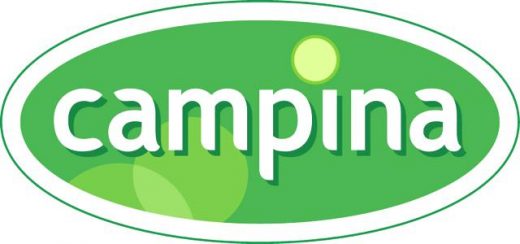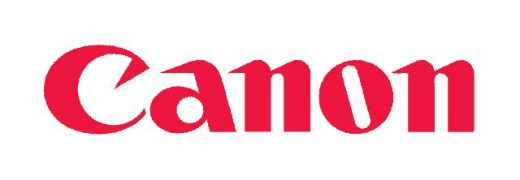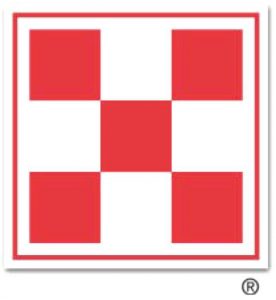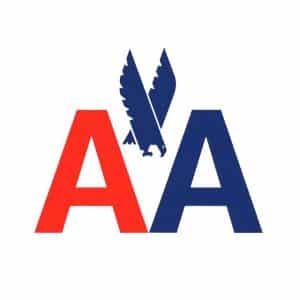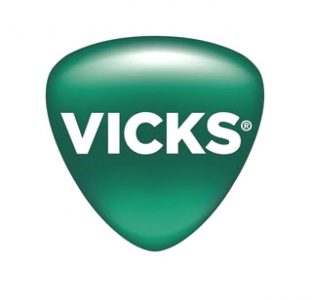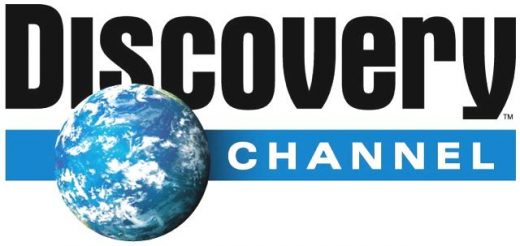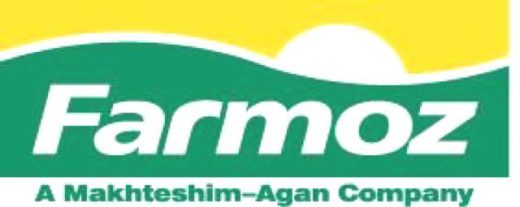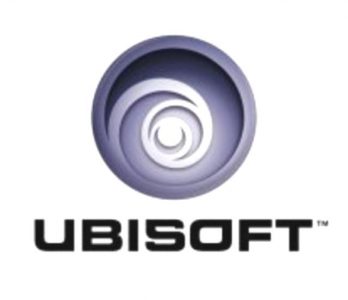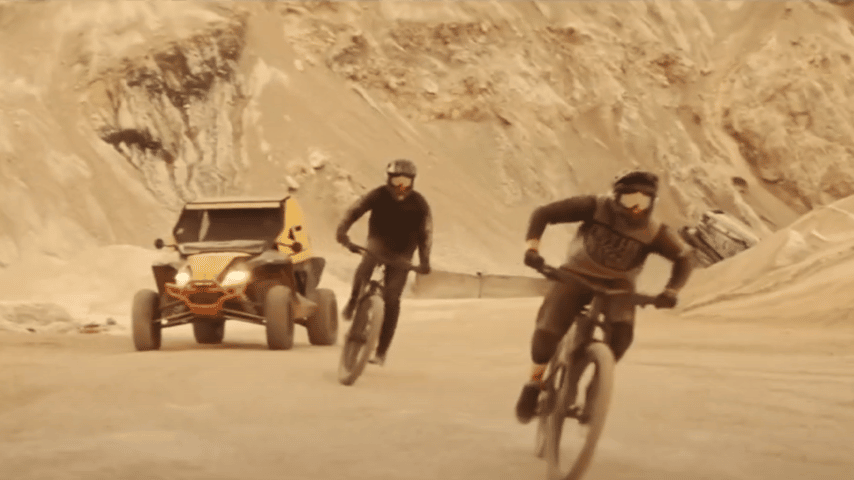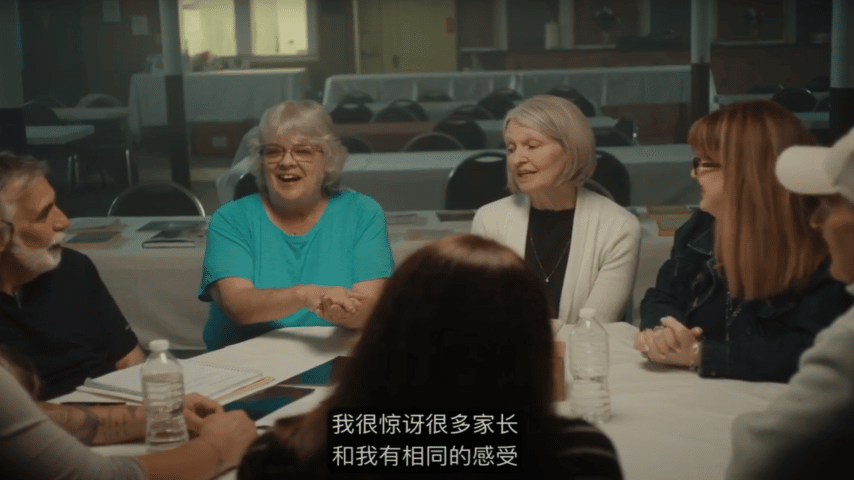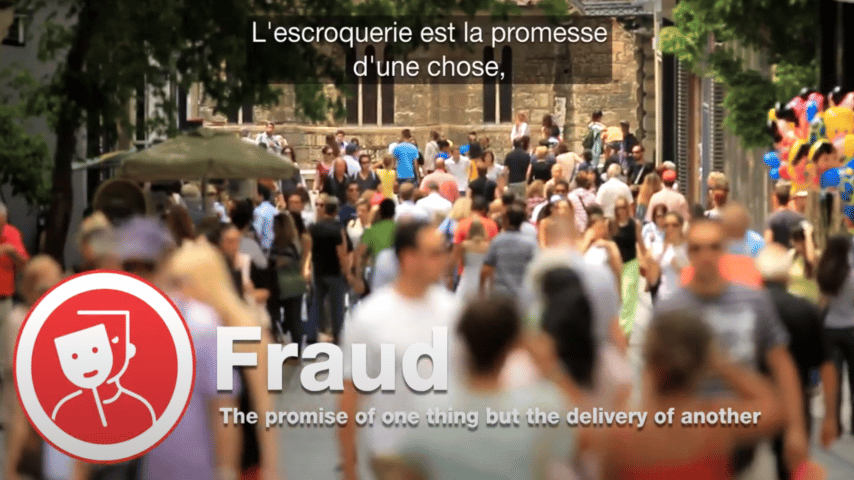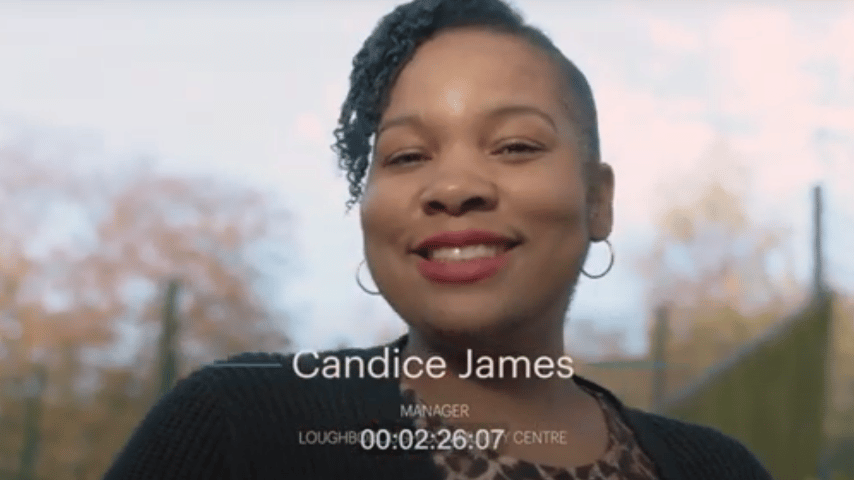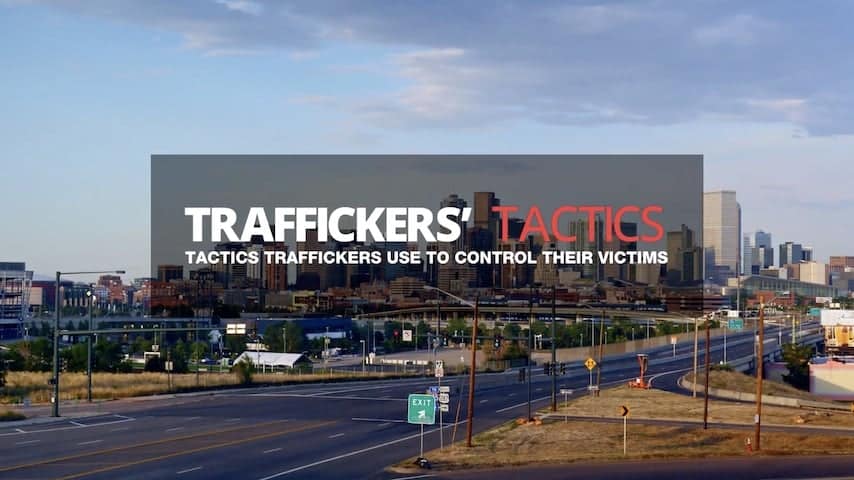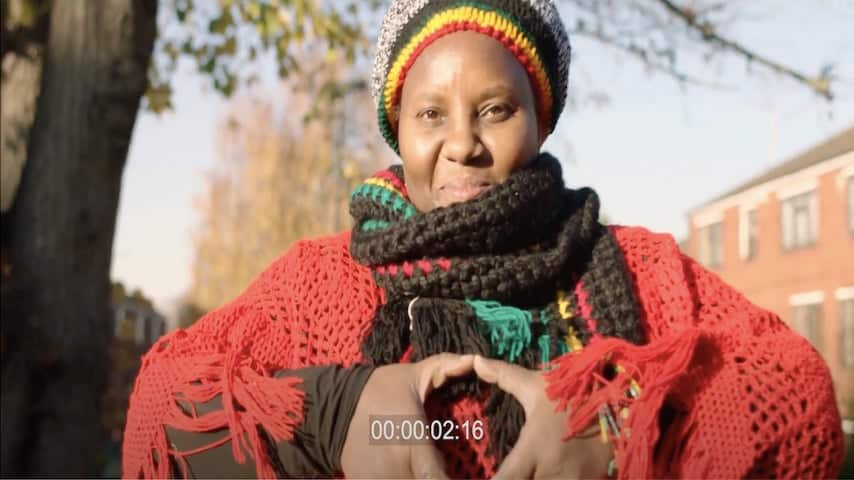High-Quality Greek Subtitling Solutions
At GoLocalise, we offer specialised Greek subtitling services designed to make your content clear, accessible, and culturally engaging for audiences in Greece, Cyprus, and Greek-speaking communities worldwide. With over 13 million native Greek speakers, professional subtitling is essential for enhancing comprehension, increasing viewer retention, and improving accessibility across multiple media formats. Greek’s unique syntax, complex verb conjugations, and polytonic script challenges demand careful adaptation to ensure smooth readability and natural linguistic flow.
Our team of native Greek subtitlers expertly crafts each subtitle to be linguistically accurate, contextually appropriate, and culturally relevant, delivering an immersive experience. From cinematic productions and corporate presentations to eLearning courses and social media content, we provide seamlessly timed, naturally flowing, and engaging subtitles that retain the integrity of your message.
Golocalise are our supplier of choice for all our subtitling and transcription needs. After years of hassle trying to do it all in-house we have found their service to be a revelation in terms of speed, flexibility and costs. Their team is extremely responsive and can always turnaround requests, in any language, within our short deadlines. We can confidently rely on them to provide any deliverables without ever worrying about the accuracy of the subtitling.
Greek Subtitle Localisation for Global Reach
We specialise in Greek subtitle localisation, helping content creators, businesses, and media professionals effectively connect with Greek-speaking audiences. Whether you’re working with TV broadcasts, advertising, education, or digital content, our subtitles guarantee clarity, engagement, and accessibility. We also provide Greek closed captioning, making content inclusive for deaf and hard-of-hearing viewers and non-native Greek speakers.
Our Specialised Greek Subtitling Services Include:
Film & TV Subtitling: Professionally adapted subtitles for feature films, TV dramas, and documentaries, ensuring idiomatic expressions, humour, and cultural references resonate with Greek audiences.
Corporate & Business Subtitling: Customised subtitles for corporate training videos, internal communications, and executive presentations, maintaining industry-appropriate terminology.
eLearning & Educational Subtitling: Subtitles for university courses, instructional videos, and digital learning materials, helping Greek-speaking learners absorb information effectively.
Marketing & Advertising Subtitles: Subtitles for commercials, promotional content, and brand storytelling, ensuring message clarity and cultural appeal for Greek consumers.
Social Media & Streaming Platforms: Optimised subtitles for YouTube, Instagram, TikTok, and Greek streaming services like ERTFLIX and ANT1, increasing viewer engagement.

Whether you’re producing short-form digital content, corporate explainer videos, or full-length film productions, we create Greek subtitles that are precise, engaging, and culturally adapted. By considering local linguistic trends, audience preferences, and media-specific requirements, we ensure a seamless viewing experience for both native and international Greek-speaking audiences.
Benefits of Using GoLocalise as Your Subtitling Service Provider
- Impress your clients with high-quality English and foreign language subtitles that enhance their viewing experience.
- Rigorous quality control ensures all templates are created and checked in-house, meeting accuracy and professional timing standards.
- Industry leading subtitling software guarantees perfectly timed subtitles, carefully positioned around shot changes for seamless integration.
- Skilled native subtitlers accurately translate meaning while maintaining style, readability, and space constraints.
- Experienced project managers perform thorough quality checks to ensure flawless final delivery of your subtitles.
- Ready-to-use videos with translated burnt-in subtitles (open captions), fully prepared for upload to your website, with customisable font, size, colour, and positioning.
- Multi-language closed captions can be switched on or off across platforms like YouTube, Vimeo, Netflix, Amazon Prime, Disney+, social media, and other streaming services, as well as for DVD and Blu-ray content.
- On-screen text and captions can be translated and graphically edited to create a polished multilingual video version.
- Closed Captions and SDH subtitles make your content accessible to a wider, more diverse global audience.
Whether your project involves short promotional content or full-length feature films, we handle it with the utmost precision and professionalism. For time-sensitive projects, we offer expedited services without compromising on quality.
Let's get started!
The Subtitling Process In A Nutshell
Send us your video file in any format. We’ll ensure it’s compatible with our subtitling software. If you’re unsure about the format, feel free to double-check with us.
We’ll create an English subtitle template, which is crucial if the subtitles will be translated into multiple languages.
We’ll send the English template to our professional linguists, who will translate it into the requested languages with precision.
Once translated, we’ll import the subtitles into our software. We’ll perform quality checks to ensure proper timing, reading speeds, and line lengths.
We’ll share the subtitles with you for review. Let us know if any changes are needed, and we’ll make adjustments while adhering to technical requirements.
After final approval, we’ll burn in the subtitles (if requested) and deliver the completed video through your preferred file-transfer method.
Why Choose Us?

You deserve the best! Leave your project to the experts at GoLocalise so that you can relax and be assured of getting top-notch results.
Every single detail will be analysed, studied and looked after so that you do not need to worry. Some would say it’s not too classy to blow our own trumpet… but we just like to point out two very important details.
We have achieved ISO 9001 Quality Management certification in recognition of our consistent performance and high standards, and ISO 14001 Environmental Management because we care about our planet! And if you are still curious and want to know more about us, why not have a look at our studio page.
Let's get started!
Enhancing Viewer Engagement with Greek Subtitles
Integrating Greek subtitles into your content is a powerful way to broaden your audience, ensure inclusivity, and enhance engagement across platforms. Key benefits include:
Greater Accessibility: Making content available to Greek speakers, including those with hearing impairments and non-native speakers learning the language.
Higher Viewer Retention: Subtitles improve understanding, retention, and audience engagement, particularly for fast-paced dialogue, technical content, or complex narratives.
SEO & Search Visibility: Subtitled videos rank higher on Google, Greek search engines like Skroutz and In.gr, and video platforms, increasing discoverability.
Market Expansion: Localised subtitles allow businesses to connect with Greek-speaking audiences in Greece, Cyprus, and the Greek diaspora, strengthening their presence.
Improved Social Media Impact: Subtitles drive higher engagement, longer watch times, and better content shareability, particularly on platforms where videos autoplay without sound, such as LinkedIn, Instagram, and X (formerly Twitter).

By implementing well-crafted Greek subtitles, your content becomes more engaging, culturally relevant, and accessible, helping you build stronger connections with Greek-speaking viewers across various industries.
Professional Subtitling Formats
Whether you need English subtitles or foreign language subtitles, GoLocalise has you covered! We can adapt your existing translations into subtitle format or create subtitles from scratch in any language, including English subtitles and SDH (Subtitling for the Deaf and Hard of Hearing).
You can receive your subtitles in a wide range of professional formats, ensuring compatibility with streaming platforms, broadcast, social media, corporate videos, DVDs, and Blu-ray.
- Open Captions – Ready-to-use videos with burnt-in subtitles, fully prepared for upload to your website. You can customise the font, size, colour, and positioning to match your branding.
- Closed Captions – Subtitles that can be switched on and off in multiple languages. Easily upload them to YouTube, Vimeo, streaming platforms, DVD, or Blu-ray.
- Standard Text-Based Formats – Widely used and compatible with most platforms, including SRT, VTT, SSA, ASS, and SUB.
- Broadcast & Professional Formats – Ideal for TV, film, and high-end productions, such as STL, SCC, EBU-TT, and DFXP.
- DVD & Blu-ray Formats – Designed for optical media, including VobSub (SUB/IDX), SUP, and PGS.
- XML-Based & Proprietary Formats – Used in specialised workflows, such as TTML, DFXP, and Spruce STL.
We collaborate with you every step of the way to deliver high-quality, precisely timed subtitles that seamlessly integrate with your content. Whether for streaming, broadcast, corporate videos, or multilingual accessibility, we ensure your subtitles are accurate, well-timed, and perfectly tailored to your audience’s needs.

Advanced Technology & Expert Greek Subtitling
At GoLocalise, we blend linguistic expertise with cutting-edge subtitling technology to produce high-quality, perfectly synchronised Greek subtitles. Greek’s complex grammatical structures, varying word lengths, and script intricacies require expert handling to maintain clarity and natural readability. Our Workflow Includes:
Industry-Leading Subtitling Software: Ensuring precise timecoding, segmentation, and easy readability.
Native Greek Linguists: Experienced professionals who specialise in media, corporate, and educational subtitling, ensuring authenticity and cultural nuance.
Rigorous Quality Control: Comprehensive proofreading and editing to ensure linguistic precision, technical excellence, and consistency.
Additionally, we optimise subtitles for Netflix, Amazon Prime, ERTFLIX, ANT1, corporate learning platforms, and other digital streaming services, guaranteeing seamless integration across formats.
Localisation in Greek Subtitling
Subtitling for Greek audiences goes beyond direct translation—it demands expert localisation to ensure an authentic and immersive experience. Greek viewers expect subtitles that retain the emotional and cultural depth of the original content.
Our Greek Subtitle Localisation Process Covers:
Adapting to Regional Expressions: Refining word choice and phrasing to match modern Greek usage in different regions, ensuring natural-sounding subtitles.
Adjusting Formality & Tone: Tailoring subtitles for casual, professional, or technical content, depending on audience and industry requirements.
Ensuring Readability & Timing: Optimising subtitle length and structure for smooth, natural readability without losing context or meaning.
Through meticulous localisation techniques, we create Greek subtitles that maintain the integrity of the original content while delivering a captivating viewing experience.


Why GoLocalise is the Right Choice for Greek Subtitling
GoLocalise is a trusted provider of Greek subtitling services, delivering linguistic expertise, cultural sensitivity, and technical precision. Our clients rely on us for:
Skilled Native Greek Subtitlers: Experts in Greek grammar, idiomatic expressions, and industry-specific language, ensuring culturally accurate and engaging subtitles.
Customised Subtitling Solutions: Services designed for corporate, entertainment, education, and online content, tailored to meet project-specific needs.
Cutting-Edge Subtitling Technology: Advanced software ensuring frame-perfect synchronisation, clear readability, and seamless integration across multiple platforms.
Fast, Reliable Turnaround: Efficient workflows that guarantee high-quality Greek subtitles delivered on time, even for tight deadlines and fast-paced productions.
At GoLocalise, we ensure your Greek subtitles are developed with linguistic precision, cultural relevance, and audience engagement in mind, helping your content make a lasting impact in Greek-speaking markets worldwide.
Learn more about Subtitling Services
Let's get started!
What our happy customers say
Marion Hirst
Translation Project Manager at Language Wire
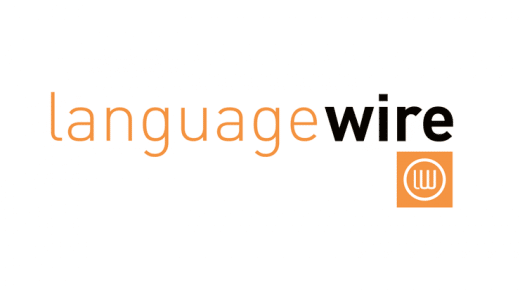
Adam Ruddick
Head of Production at Casual Films
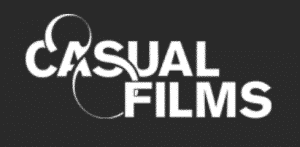
Stefanie Smith
Producer at Education First
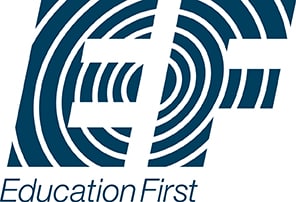
Nicola
English UK Voice Over Talent
Kerry Gillies
Director at Synergy Language Services

Jonathan Lapps
Account Manager at Epipheo

Price Match Promise
Challenge Our Prices, Enjoy Our Quality
